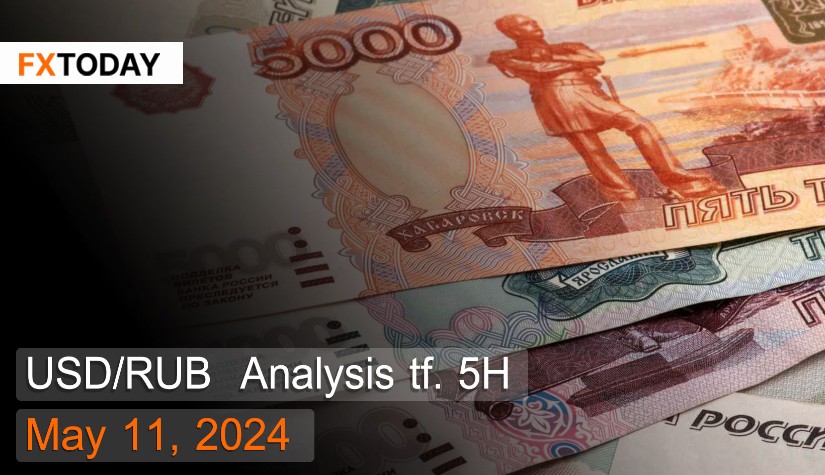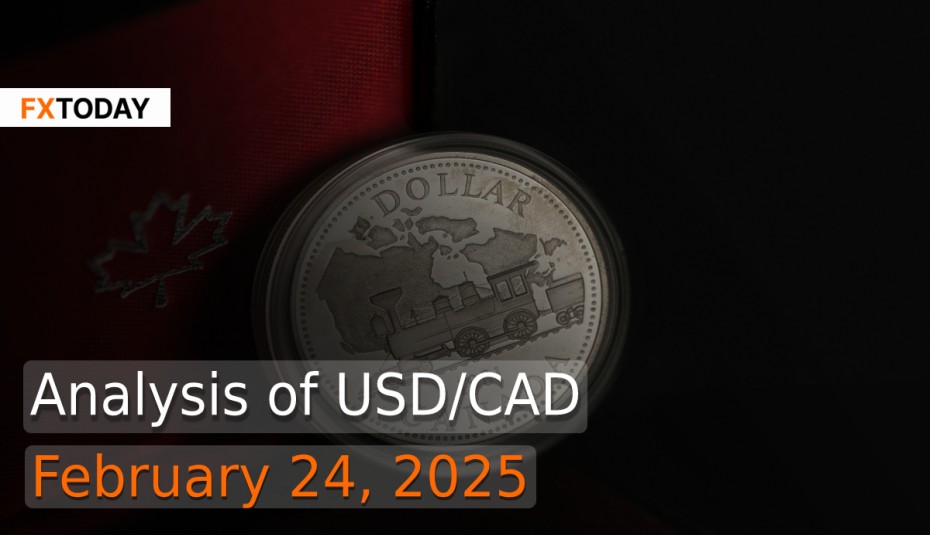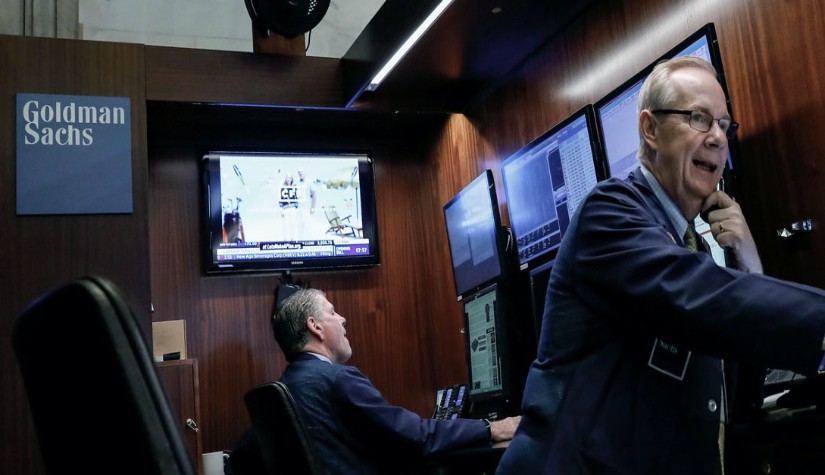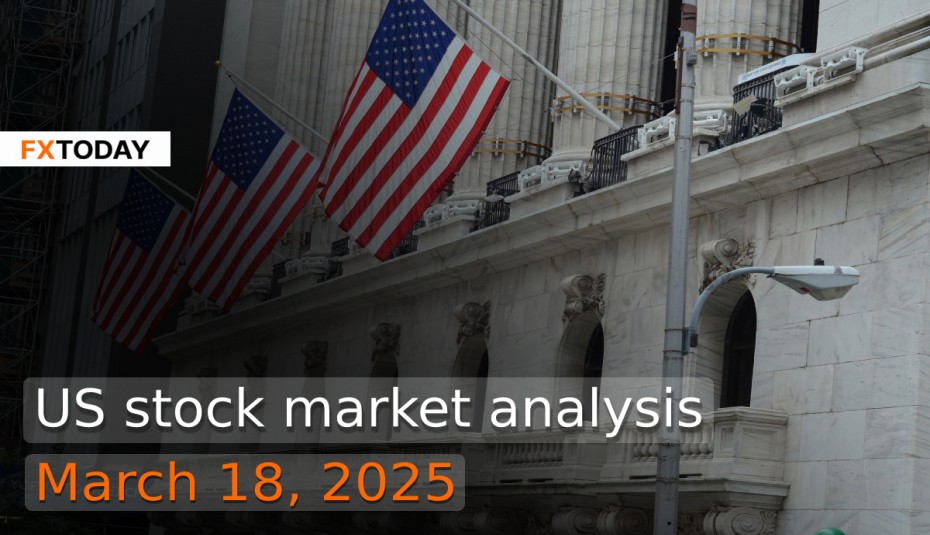Russia's economy continues to require a significant amount of labor.
The Russian ruble has depreciated slightly, partly due to the impact of reduced inflows from foreign currency exchange as exporters shift to rubles, as mandated by the president to exchange at least 80% through Russian banks within 120 days of receiving payment. Additionally, decreased revenues from oil and gas have put continuous pressure on the ruble's value. Despite the Central Bank of Russia (CBR) increasing daily currency exchange operations tenfold, analysts predict a total expenditure of 6.3 trillion rubles in this exchange.
The Central Bank has maintained its interest rate policy at 16%, the third consecutive time in response to the recent resurgence of inflation caused by rapid internal recovery efforts surpassing the economy's capacity. Government support measures combating the labor supply crisis have led to sustained increases in prices for goods and services.
The CBR forecasts inflation to rise to 4.3%-4.8% by year-end before easing to 4% in 2025. It assures investors of no interest rate cuts below 15% this year. Simultaneously, the Central Bank asserts Russia's economy has outperformed expectations in the first quarter, prompting policymakers to raise the GDP forecast for this year to 2.5-3.5%.
In April, the services sector's Purchasing Managers' Index (PMI) dropped to 50.5, marking the 15th consecutive month of expansion but at the weakest pace, mainly due to sluggish business activity caused by weak demand. However, job creation continues to increase, indicating persistent labor demand. Meanwhile, the Manufacturing PMI stood at 54.3, signaling continued expansion despite new orders and production slowing due to external uncertainties.
Russia's 10-year government bond yields rose to 14.4%, the highest in nine years, driven by expectations of CBR's interest rate cuts. The Central Bank has opted to keep rates unchanged but provided additional guidance on future interest rates and inflation.
Techical analysis data (5H)
Resistance: 92.3857, 92.5165, 92.5923
Source: Investing.com
Buy/Long 1: If the price touches support in the price range of 92.1033 - 92.1791 but cannot break the support at 92.1791, you may set a TP at approximately 92.5165 and SL at around 91.9725 or according to your acceptable risk.
Buy/Long 2: If the price breaks the resistance in the price range of 92.3857 - 92.5165, you may set a TP at approximately 92.5923 and SL at around 92.1033 or according to your acceptable risk.
Sell/Short 1: If the price touches resistance in the price range of 92.3857 - 92.5165 but cannot break the resistance at 92.3857, you may set a TP at approximately 92.1033 and SL at around 92.5923 or according to your acceptable risk.
Sell/Short 2: If the price breaks the support in the price range of 92.1033 - 92.1791, you may set a TP at approximately 91.9725 and SL at around 92.5165 or according to your acceptable risk.
Pivot point May 11, 2024 08:00 PM. GMT+7
|
Name
|
S3
|
S2
|
S1
|
Pivot Points
|
R1
|
R2
|
R3
|
| Classic | 91.9725 | 92.1033 | 92.1791 | 92.3099 | 92.3857 | 92.5165 | 92.5923 |
| Fibonacci | 92.1033 | 92.1822 | 92.231 | 92.3099 | 92.3888 | 92.4376 | 92.5165 |
| Camarilla | 92.1982 | 92.2171 | 92.2361 | 92.3099 | 92.2739 | 92.2929 | 92.3118 |
| Woodie's | 91.9451 | 92.0896 | 92.1517 | 92.2962 | 92.3583 | 92.5028 | 92.5649 |
| DeMark's | - | - | 92.1413 | 92.291 | 92.3478 | - | - |
















